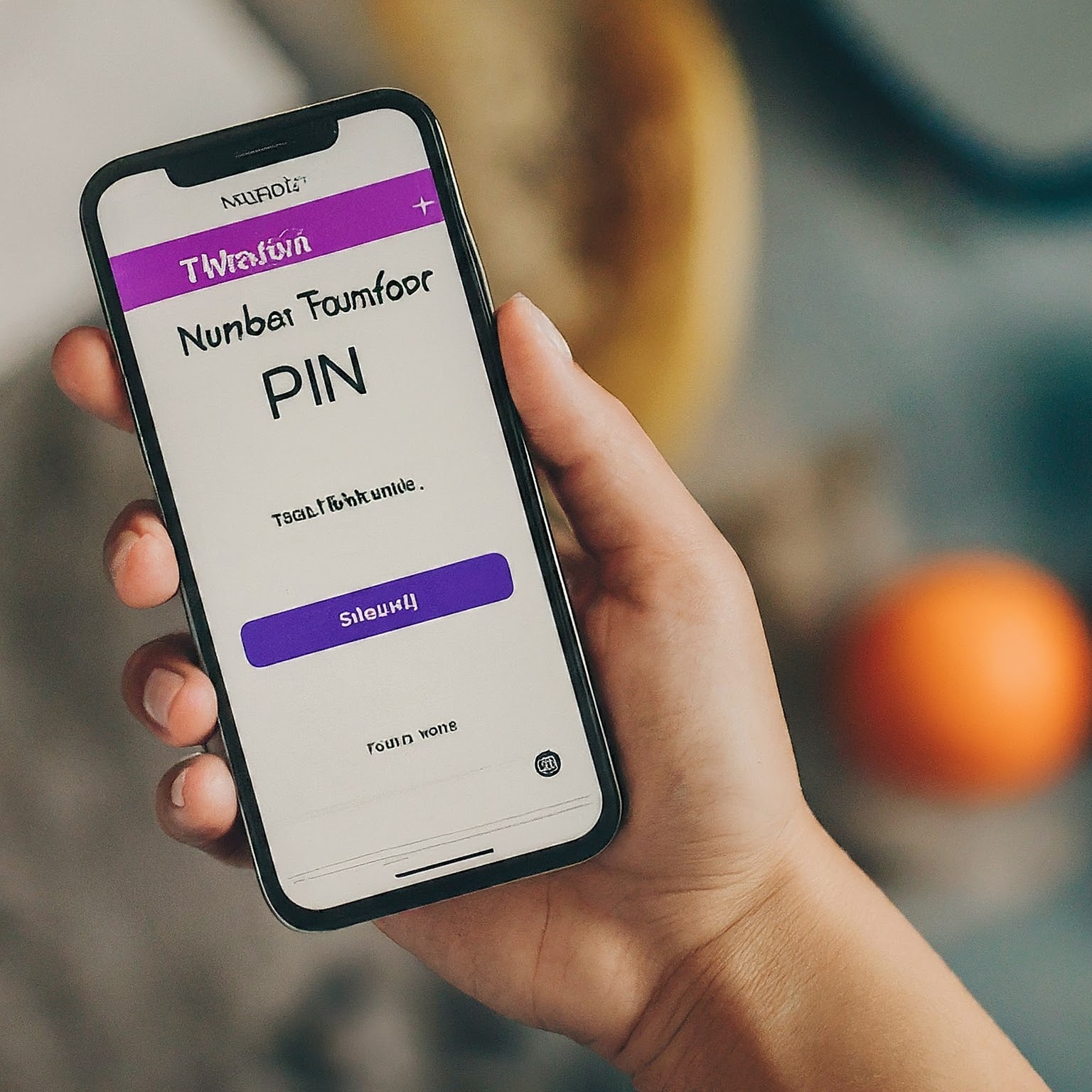Switching mobile carriers can be a daunting task, but with the right knowledge, it can be a smooth process. A crucial component of this process is the T-Mobile number transfer PIN. This article will delve into the intricacies of this PIN, its role in the number transfer process, how to obtain it, and essential tips to ensure a seamless transition.

What is a T-Mobile Number Transfer PIN?
A T-Mobile number transfer PIN, also known as an account transfer PIN, is a uniquesecurity code assigned to your T-Mobile account. It serves as a verification tool when you initiate a number transfer to a different carrier. By providing this PIN to the new carrier, you authorize them to request your number from T-Mobile.
Why is a T-Mobile Number Transfer PIN Required?
The T-Mobile number transfer PIN plays a vital role in safeguarding your account information. It acts as a security measure to prevent unauthorized transfers and protects your phone number from being ported without your consent.
How to Obtain Your T-Mobile Number Transfer PIN
There are several ways to obtain your T-Mobile number transfer PIN:
T-Mobile Website: Log in to your T-Mobile account online and navigate to the account settings or transfer section. You should be able to find your PIN there.
T-Mobile Mobile App: If you have the T-Mobile app installed on your phone, you might be able to locate your PIN within the app’s settings or account management section.
T-Mobile Customer Service: Contact T-Mobile’s customer service department to request your PIN. You may need to provide personal information for verification.
Recent T-Mobile Bill: In some cases, your PIN may be printed on your recent T-Mobile bill.
Tips for Using Your T-Mobile Number Transfer PIN
Treat your PIN as confidential information. Avoid sharing it with anyone other than your new carrier.
Double-check the PIN accuracy. Incorrect PINs can delay the number transfer process.
Keep a record of your PIN. Having a written copy of your PIN can be helpful in case you forget it.
Initiate the transfer as soon as possible. Once you have the PIN, start the transfer process promptly to minimize service interruptions.
Contact your new carrier for specific instructions. Each carrier has its own procedures for number transfers.
Potential Issues and Solutions
While the number transfer process is generally straightforward, you may encounter some challenges. Here are some common issues and potential solutions:
Incorrect or Missing PIN: If you have an incorrect or missing PIN, contact T-Mobile customer service for assistance.
Transfer Delays: Number transfers can sometimes take longer than expected. Check the estimated transfer time with your new carrier and be patient.
Account Issues: Ensure that your T-Mobile account is in good standing before initiating the transfer. Outstanding balances can delay the process.
Compatibility Issues: Some phone models or carriers may have compatibility restrictions. Research your options before starting the transfer.
The Importance of Timing Your Number Transfer
The timing of your number transfer can significantly impact your service. Consider the following:
Contractual Obligations: Check your T-Mobile contract to avoid early termination fees.
New Carrier’s Activation Process: Be aware of the new carrier’s activation timeline to minimize service downtime.
Peak Transfer Periods: Avoid transferring your number during holidays or weekends when there might be increased processing times.
Conclusion
Obtaining and utilizing your T-Mobile number transfer PIN is a crucial step in switching mobile carriers. By following the guidelines outlined in this article, you can streamline the transfer process and minimize disruptions to your mobile service.


